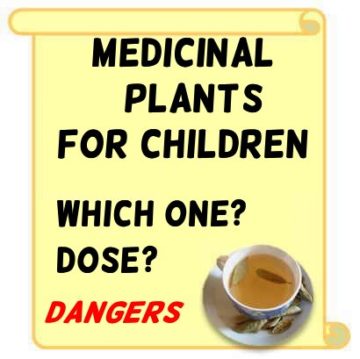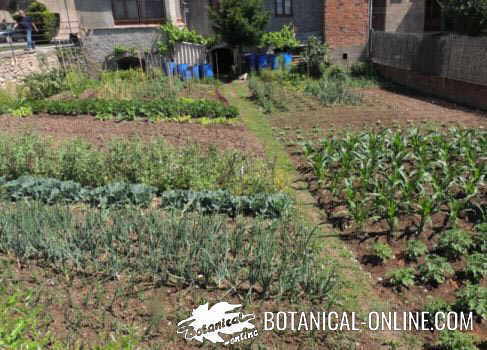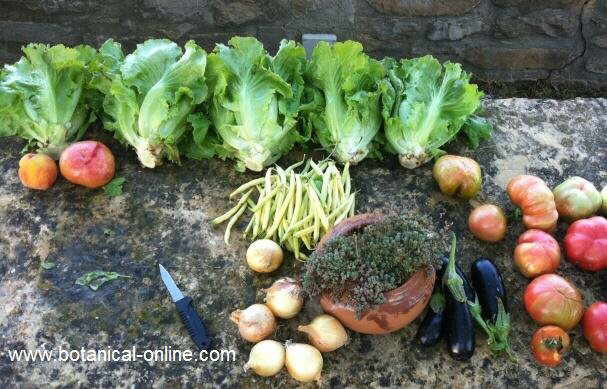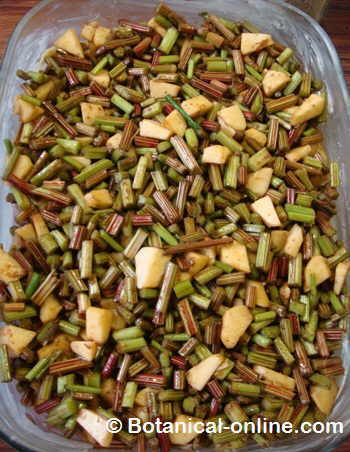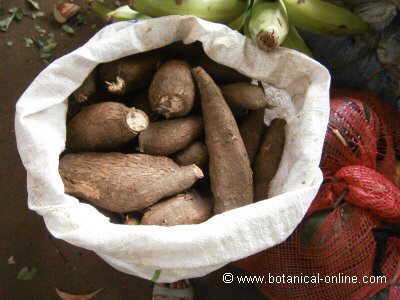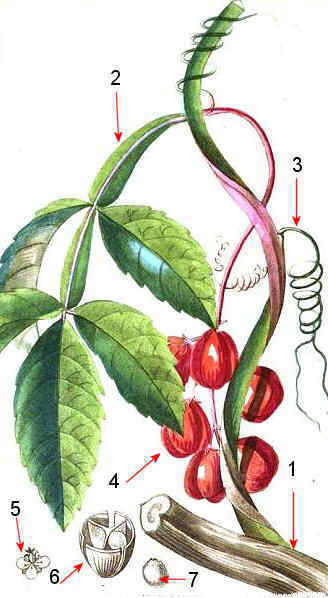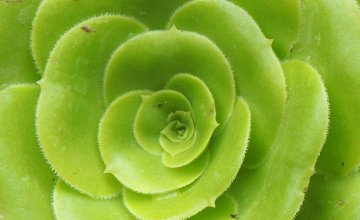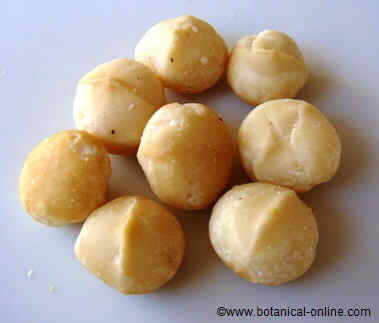Contents
What to take into account when using medicinal plants for children
This article deals with medicinal plants in young children, from 2 years old up to 12 years old. The warnings serve to take into account also in adolescents and adults.
Medicinal plants for children should be administered with caution
When treating young children with home remedies we have to consider the following:
- On the one hand, it must be taken into account that the weight of the children is half or less than that of an adult and, therefore, the dose of the plant must be proportional.
- On the other hand, children have a more immature metabolism, or have greater sensitivity to the active principles of plants. All this means that children are more sensitive to the possible side effects of plants.
Therefore, it is recommended, first of all, much caution with the use of medicinal plants in children, being always highly recommended the advice of a pediatrician.
In general, children should always use the smallest effective dose possible, that is, start with minimum doses of plant and increase the amount progressively and only if necessary.
What is the level of safety of phytotherapy in pediatrics?
Phytotherapy is based mainly on the traditional use of certain plants to treat certain diseases or health effects. This traditional use has transcended for centuries, and today, many remedies used in children are still based on popular wisdom.
- There are no studies in children that assess the safety of medicinal plants.
Dangers of herbal medicine for children
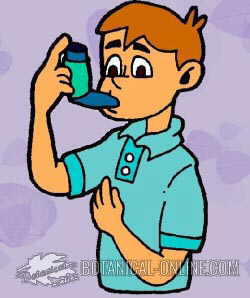
Most of these treatments are perceived as safe, mild or harmless, but there are real dangers associated with these natural remedies.
The main dangers of the use of medicinal plants in children are:
Administer too much plant amount or dose
A very common mistake is to give the children an infusion with the same amount of plant that would be given to an adult. The amount of plant that should be used in children is always much smaller than in an adult.
Using an inadequate dose can produce adverse effects, although sometimes these are mild and are not perceived by the parents. For example, the infusion of chamomile is good for the stomach, but in excess, this plant is vomiting. Children may feel like vomiting when they drink an infusion loaded with chamomile.
Use a potentially toxic plant
There are plants that can be given to children, and plants that can not. It depends on the active ingredients and their concentration, there are better plants (safer and more effective) than others.
It is recommended to use those known effective plants and not to try new remedies with children. In the case of new plants, which have not been used in traditional remedies, the advice of an expert is necessary.
Remedies that should never be given
There are preparations with plants that should never be given in children, as is the case with essential oils.
- The use of essential oils in children is the main cause of poisoning by medicinal plants in children.
This intoxication can give problems as serious as ulcers, tachycardia or liver failure (depending on the substance). Essential oils should not be used in children.
Interactions with medications
Many people simultaneously administer official medicines and infusions or other preparations with medicinal plants to children. For example, it is more or less common for a child to take syrups from the pharmacy and homemade infusions during a cold.
Once again, these types of practices are not recommended, as a precaution, since all the interactions that these substances can have are not known (some have been described) and the possibility of suffering adverse effects is increased.
It is possible that these side effects go unnoticed, but it is good to know it to avoid a situation of unnecessary pain or discomfort.
What are the adverse effects of using medicines and plants at the same time?
Some of these possible interactions are well described, as is the case of St. John’s wort, which has been shown to inactivate the drugs and therefore the drugs lose their effect.
Special attention should be paid to those medicines that have a narrow therapeutic index, which means that the margin between the therapeutic and toxic doses is very small. These medications should never be mixed with plants. They are for example theophylline (bronchodilator), anticonvulsants, medicines for people with organ transplants (cyclosporine), anti-inflammatories (sodium methotrexate) and warfarin (anticoagulant).
Risks of postponing a proper treatment
One of the greatest risks that home remedies have (both with plants and self-medication) is that people use it as a first resource, before even visiting the doctor. Postpone the visit to the doctor is to postpone the appropriate treatment and hinder the subsequent recovery or make the problem chronic.
Therefore, before taking a treatment (natural or allopathic), both in children and adults, a correct diagnosis is necessary. Fortunately, most ailments that are treated with home remedies are mild and cure naturally over time, as is the case with gastroenteritis or colds. However, although they may be minority cases, sometimes these complications are complicated and must be treated with more powerful medicines.
- The recommendation is always to go to the doctor when the symptoms do not improve, persist or worsen.
![]() More information on medicinal plants for children
More information on medicinal plants for children
2 July, 2025

